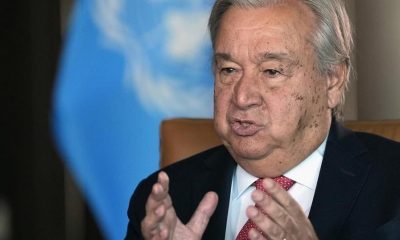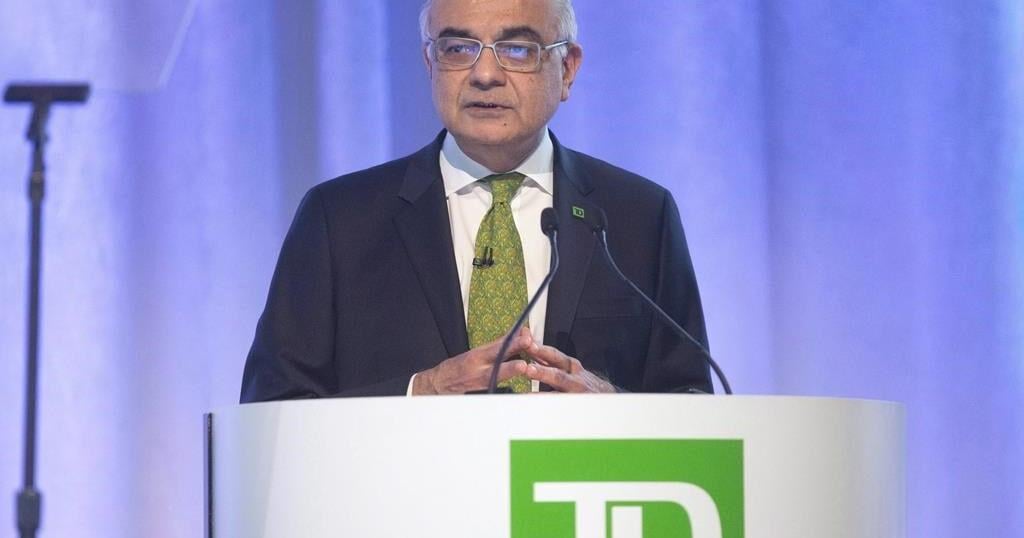OPEC’s strategy in the past has been to alter its oil production in order to bring about market stability. However, the rise of U.S. shale oil forced the cartel to alter its strategy in favor of market share even at the cost of lower oil prices.
During the cartel’s last meeting, Russia decided not to collaborate with OPEC’s production cuts. This led to Saudi Arabia utilizing their spare capacity to increase oil production in an attempt to win market share by driving high-cost producers out of business. This strategy was designed to destabilize the oil market and target the US shale oil industry in particular. The market reacted immediately, with WTI collapsing to around $31.13/bbl on March 9 from a high of $47.18/bbl on March 3, before dipping to 22.84/bbl by March 18, 2020. The steep drop in prices can largely be attributed to COVID-19, which has taken a tremendous toll on global markets by weakening global oil demand and causing an unprecedented glut. One should not forget that OPEC failed to bring down US shale when it used a similar strategy in 2014/16. At the end of Dec 2019, US shale oil production had reached 9.12 mmbd compared to 5.11 mmbd in Sept 2016.
Methodology and data
Since the new objective of OPEC seems to be the destruction of the US shale oil industry through lower oil prices, it seems sensible to analyze the sensitivities of US regional shale oil producers. In an effort to explore the possible implications of this price crash for US shale oil, we have used an econometric model and used different possible oil price paths. Three scenarios are used. Firstly, what if oil prices are allowed to gradually increase through Dec 2022 reaching $56/bbl? (Reference case) Second, what if oil prices remain weak over the forecast period below $39/bbl? (Low case) Finally, what if oil prices are allowed to increase reaching $74/bbl by Dec 2022 (High Case)? The objective is to check the possible threshold at which US shale oil production survives/perishes.
We have used monthly data for the U.S.’s seven shale regions (Anadarko, Appalachia, Bakken, Eagle Ford, Haynesville, Permian, and Niobrara) from January 2007 to Dec 2019. Figure-1 illustrates the oil price actual average monthly West Texas Intermediary (WTI) data (January 2007 to Feb 2020). Figure-2 depicts WTI forecast prices until December 2022 under alternative scenarios. The oil production for each region is run against monthly average WTI prices from January 2007 to January 2020.
The historical data reveals that there is a lag structure involved with changes in oil prices. When oil prices decrease/increase, the production does not decrease/increase instantly—rather it takes a number of months. The timings of response vary from region to region but generally, there are six to eight months before the full impact materializes. We have run several polynomial distribution lag models (Almon) with various lag structures and (Koyack) model. Each regression is run with and without constants and also used an autoregressive/moving average scheme to correct autocorrelation problems if required. The best-estimated model for each region was selected and then re-run to forecast respective regions’ shale oil production under alternative price scenarios. Related: Russia, Saudi Arabia, ‘Very Close’ To Reaching Oil Output Deal

Shale oil production forecast alternative price scenarios
Figures-2 to 9 depict shale oil production from different US shale regions forecast under alternative oil price scenarios. Based on our best-estimated models, U.S. shale oil production is expected to decline in all the regions in response to plunging oil prices. Generally, US shale oil production revives in almost all the regions once oil prices reach $49-50/bbl, although Appalachia production only revives when oil prices hit $59/bbl.
When oil prices increase, US shale oil production under the reference case is expected to increase after a lag of eight to ten months. However, responses vary from region to region. For example, Anadarko, Bakken, Eagle Ford bottomed in November 2020. Permian bottomed in October 2020 while Niobrara bottomed in May 2021. All the regions failed to recover their respective Dec 2019 production levels.




Summary of forecast
Table-1 illustrates the summary of US shale oil production forecasts under alternative oil price scenarios. Under the low oil price scenario, production declined in all the regions and revived with the gradual increase in oil prices, but did not return to their respective Dec 2019 production levels. In this scenario, oil prices are assumed to remain between $20 and $39/bbl. This strategy could hurt US shale oil production as by Dec 2022 shale production would decrease by 1.72 mmbd compared to Dec 2019. Generally, all the regions under the high oil price scenario surpass their Dec 2019 production level. Anadarko, and surprisingly the US’s most prolific Permian region, failed to regain Dec 2019 level of production. US total shale oil production increases to 9.56 mmbd in Dec 2022 under the high oil price scenario compared to 9.12 mmbd in Dec 2019.
Table-1: Summary of US Regions Shale Oil Production Forecast – alternative oil prices scenarios

Implications on the oil industry
There is no doubt that this strategy will affect US shale oil producers provided OPEC is prepared to maintain oil prices in the $20 – $39/bb range or even in the range of $20 – $54/bbl (Reference) till Dec 2022. If oil prices were to surpass fifty dollars, the US shale industry generally would revive successfully. Unlike in the past, this time the US government is prepared to support the shale oil industry. In fact, the US government already decided to buy 77 million barrels for the strategic petroleum reserve (SPR), a move to insulate US shale oil producers from possible bankruptcies. Therefore, the fallout of continuing to pursue this strategy will be more harmful to OPEC and other oil-exporting countries than the US shale industry.
Why is this strategy going to be short-lived?
Saudi Arabia is not only losing oil revenues due to lower oil prices but also due to lavish discounts to capture market share. In addition, to avoid the widespread impact of COVID-19 the government has put a ban on Umrah (pilgrimage) which is adversely affecting the hotel/tourism industry. The fallout is quite substantial as economic activities have stagnated. Millions of pilgrims who used to spend millions of dollars every day on goods and services during their stay are no longer spending. Additionally, the Saudi government requires $80/bbl oil to balance its budget and has no option but to tap its sovereign wealth fund to keep its economy afloat. The real question is, how long can Riyadh afford to do so? Saudi Arabia’s decisions are also having a devastating impact on other OPEC members and non-OPEC oil exporters. Most of which do not have enough resources in sovereign funds to support the low oil price scenario. The COVID-19 pandemic has significantly reduced oil revenues and requires enormous amounts of additional public spending. Related: OPEC’s Plan To Take Over The Global Oil Industry
The above analysis concluded that the U.S. shale oil industry is insensitive to changes in oil prices in the short-term, but will be impacted in the longer term with an increase or decrease in oil prices. When oil prices increase, shale oil production increases but when prices decline it takes time before the impact fully materializes. Under the high case scenario, all the regions except Anadarko and Permian generally recover their lost share in production and also surpasses their respective production level of Dec 2019. However, under a persistently lower oil price regime the U.S. shale oil industry loses 23.4 percent of its production compared to Dec 2019. The question remains whether OPEC will pursue its price strategy over the longer-term. I doubt that Saudi Arabia and OPEC can pursue such a strategy any longer because the oil industry needs trillions of dollars of investment in order to sustain and enhance future oil production. If Saudi Arabia and its partners decide to maintain their current strategy, it may inflict permanent damage on the oil industry. I strongly believe that this low-price strategy will be reversed soon and that the oil market will find its natural way based on demand/supply fundamentals, allowing the oil industry to breathe again. A strategy reversal is crucial for any oil country to deal with COVID-19 and overcome its tremendous impact.
The oil industry should be prepared to live in an environment in which oil prices hover between $30-$50/bbl or maybe even less. The sector shouldn’t forget the quick penetration of electric vehicles (EVs) and the possible fallout on global oil demand that could possibly displace 38 mmbd by 2040. Now is a good time to develop strategies to diversify oil-based economies rather than spending on unsuccessful market intervention.
By Salman Ghouri for Oilprice.com
More Top Reads From Oilprice.com:


































